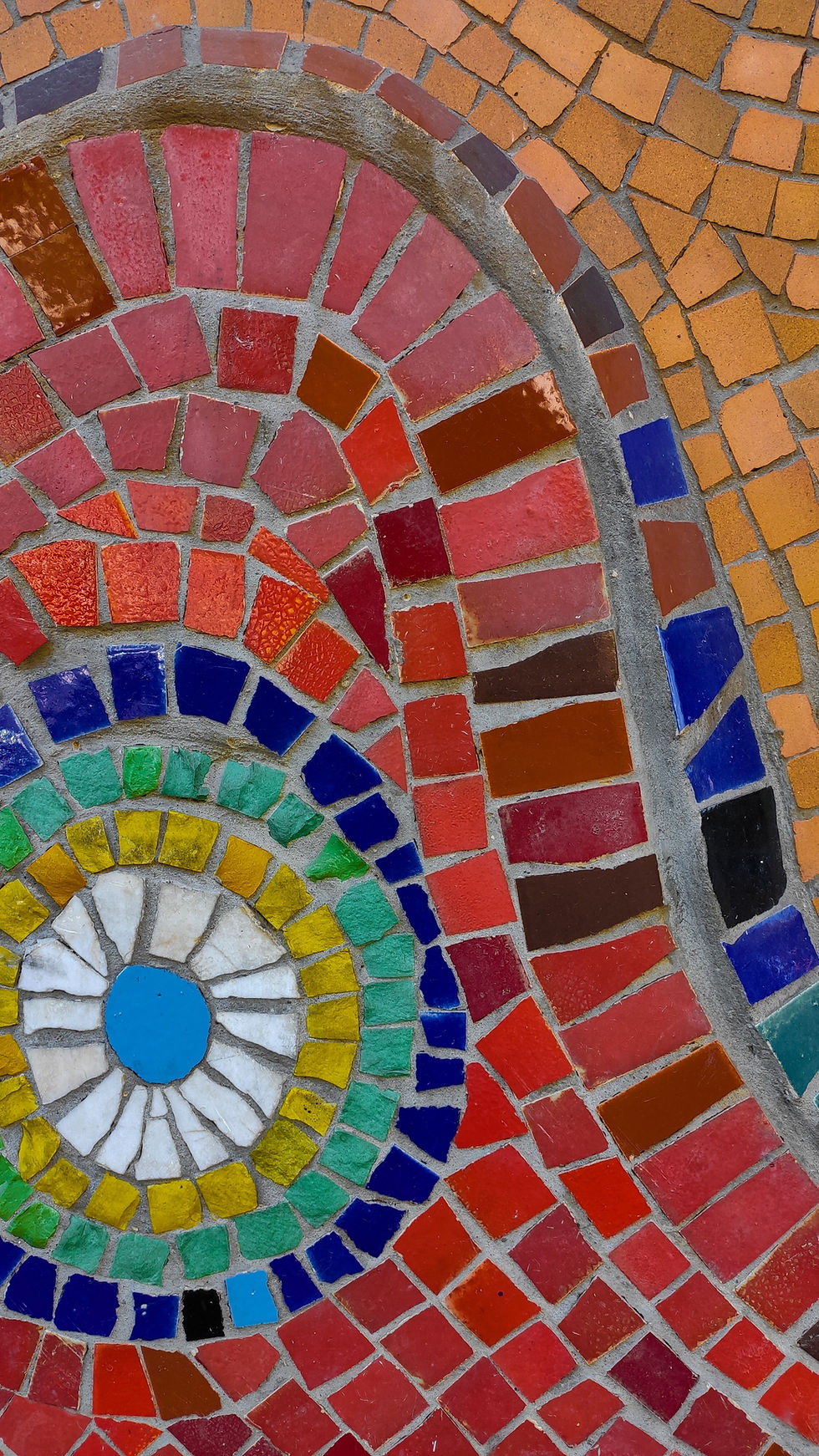Childrens wildlife pond adventure
- Bridgette Macilwaine
- Apr 24, 2022
- 2 min read
Updated: Apr 29, 2022
An exciting and educational afternoon with Jenny and Will from Froglife, taking us on an adventure to explore the wildlife which can be found in our community garden pond.
The children were very excited to see what life lay beneath the water in our garden pond, with children of varying ages taking part, even the adults were interested in sharing the experience to see what life we could find in the pond.
The afternoon started with the group gathered beneath the trees, an introduction from Jenny and Will and then a quick quiz to challenge everyone’s knowledge on various forms of wildlife which be found in UK gardens, by holding up images for us to guess the identification - eg, frogs, adders, newts, lizard and toad spawn.
We moved into the pond area, with everyone gathered around as Jenny and Will prepared the trays for pond collection, by firstly filling them with water, then using their pond net, they gently moved in a figure 8 pattern as they swept through the pond to collect samples, which was gently emptied into the prepared white buckets.
The children, and equally the adults, were buzzing with excitement as they gathered around the trays, scanning the water for movement and life. At first you may think that the tray is quite empty but as your eyes adjust to tiny details, its noticable the abundance of life.
Jenny and Will shared out informative booklets which highlighted all the various forms of life which could be found in ponds, and was exciting to see how much we were able to identify.
Life which we found in the pond this afternoon:
Frog tadpoles
Damselfly nymph
Water beetles
Bivalves
Freshwater hoglouse
Pond snail
Ramhsorn snail
Caddisfly larvae
Freshwater shrimp
Lesser water boatman

A very exciting find of the day were two Caddisfly larvae’s (as can be seen in these images in the jar and the closeup in the tray.) It's not obvious at first what you might be looking at as this insect has a remarkable ability to secrete a glue-like gel, and using natural materials from their surroundings to create a protective home for itself, similar to that of a snail in a shell.
The first image - the larvae has used pieces of twigs to create his home
The second and third image in the jar - the larvae has used leaves to create his home, where we can see him emerging from this to feel around and hunt for food.
These larvae can stay in this form for several years in a pond before their next stage in life as a caddisfly.
A very interesting point Will shared was highlighting that it's good we didn’t notice any midge larvae as these are associated with stagnant puddles, which is a good sign for us, indicating our pond is a healthy ecosystem and well oxygenated.
Thanks for reading, if you have any questions or would love to join us at Whitehawk, head to the contact section and let us know!




















Comments